
A low-pitch roof, or a skillion roof, creates a greater risk of condensation due to restricted air volume and air movement. To avoid the opportunity for mould to form, the design should incorporate adequate ventilation with good quality underlays to assist in the management of moisture.
The performance of a modern build is much improved, but the ability for vapour to escape through the draughty gaps of older homes is reduced. Vapour created from a living environment — showers, cooking, heating — will enter the roof space through any gaps and permeable ceiling linings. An air barrier in the form of a vapour permeable underlay that meets the air barrier requirements of Table 23 of E2/AS1 barrier will assist in managing this airflow. Joints must be taped. Thermakraft suggests consideration of the efficiencies that wide width rolls provide in a roof application and therefore recommends Covertek 405, 407 or Watergate Plus in this situation (above ceiling lining). Gaps in the ceiling should also be sealed, for example, penetrations from the install of recessed downlights.
Design dependent, a very cold roof space such as a ski lodge or a very wet room — one with a spa for example, may require a vapour barrier. For this application Thermakraft recommends Vapour Shield. Lap joins should be a minimum 150mm and taped with Premium Joining Tape. These barriers will mitigate the amount of moisture entering into the roof space from below.
A permeable, absorbent underlay under the roof cladding will provide a second line of defence against water getting in and will absorb condensation that forms on the underside of the roof cladding material when it gets cold. A quality absorbent underlay such as Covertek 405, 407, will hold the moisture until it can be dissipated by air flow and an increase in temperature. Covertek 405, 407 can be used on a pitch of 3 degrees or more.
In the images, a BRANZ detail has been included for reference and Thermakraft have highlighted where they recommend Thermakraft underlays.
Depending on the low pitch roof design, some options to improve ventilation in the roof space would be the use of ventilation channels or battens, ventilation openings under the eaves, or a ventilating ridge.
If you would like a copy of “Underlays – What’s the Difference”, a concise and handy guide highlighting the differences between Thermakraft underlays, email [email protected]













 New Products
New Products









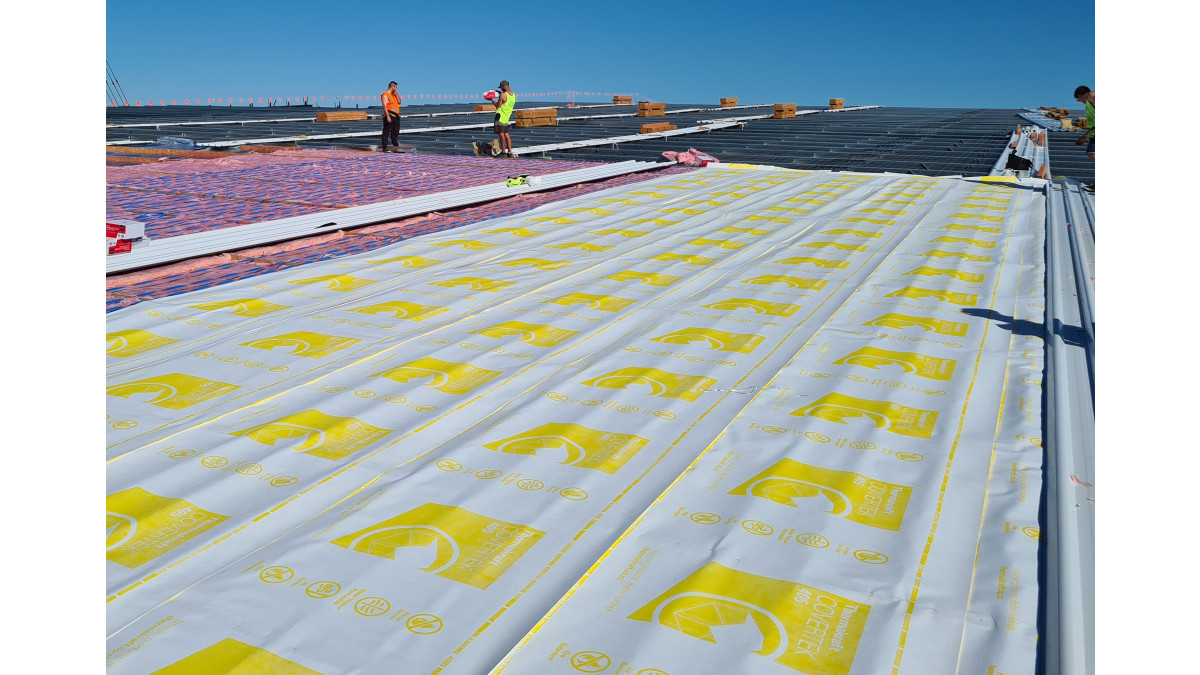
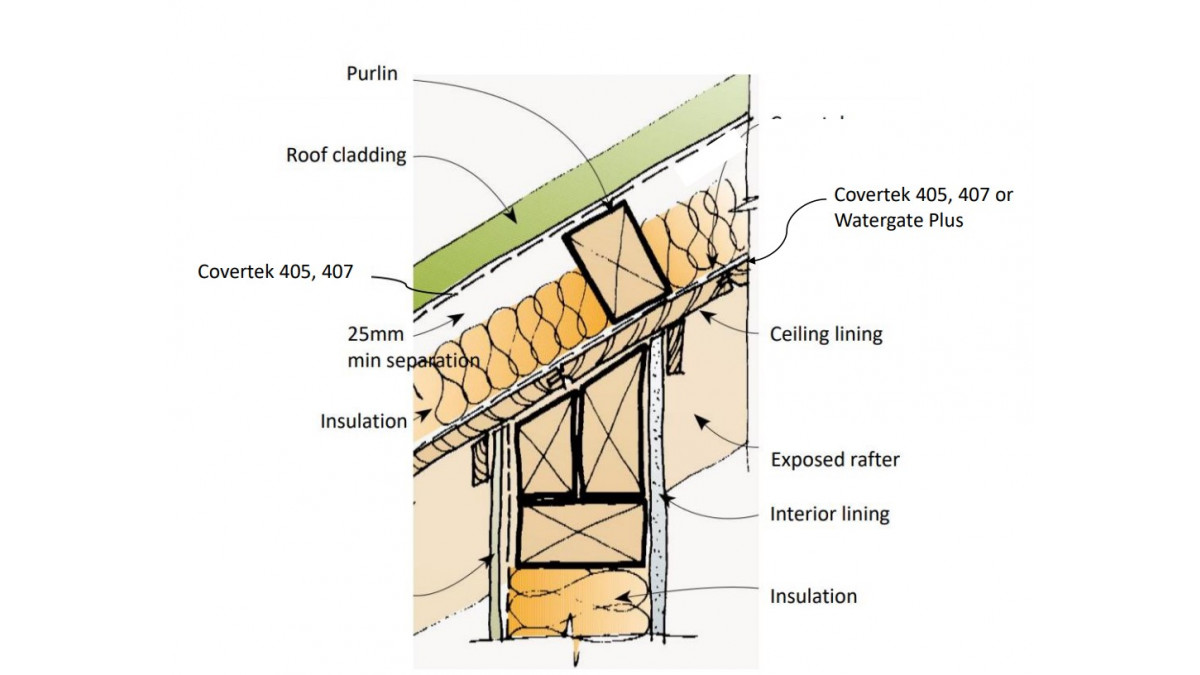
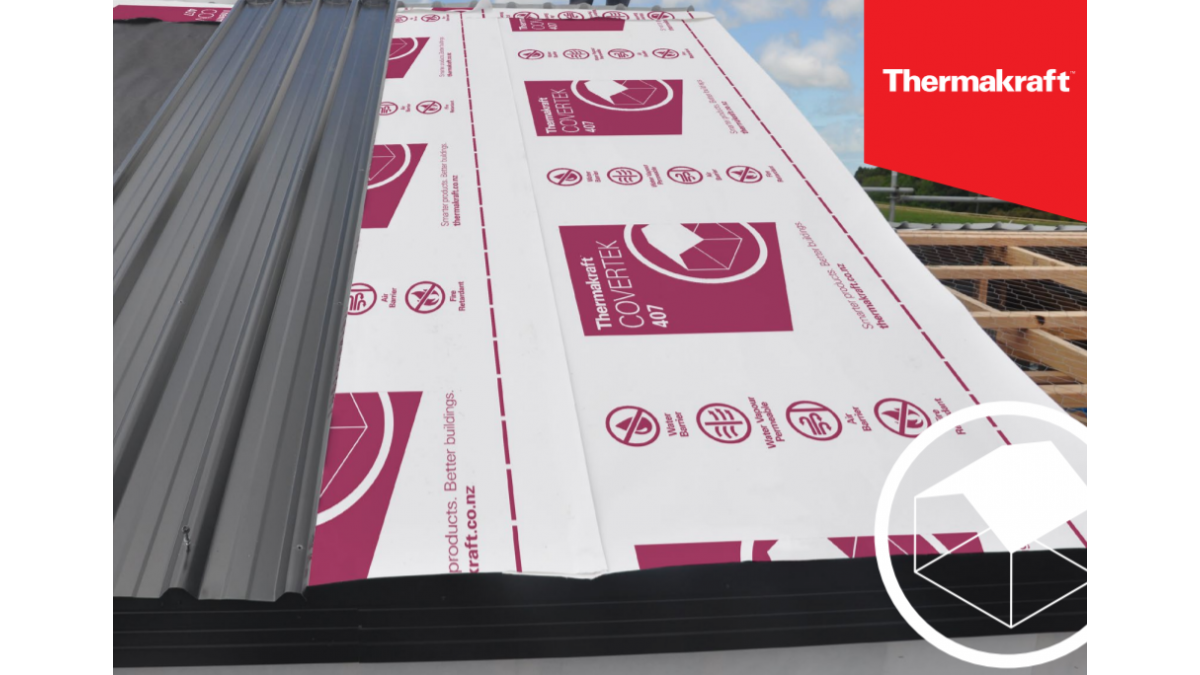
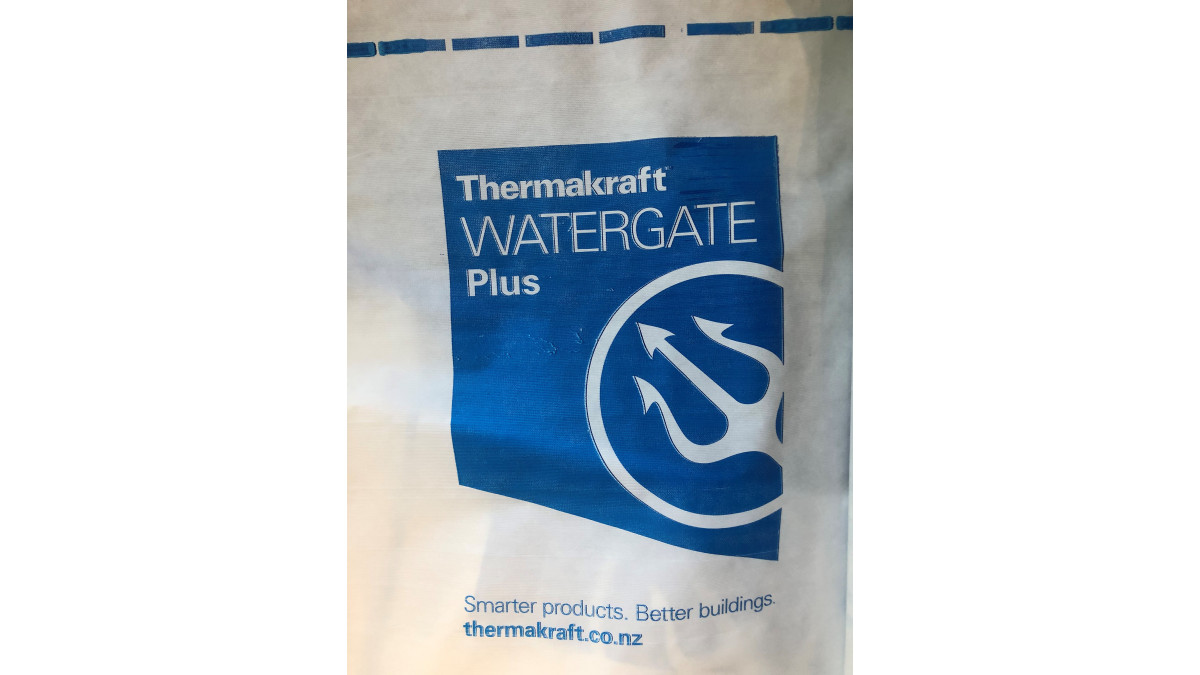



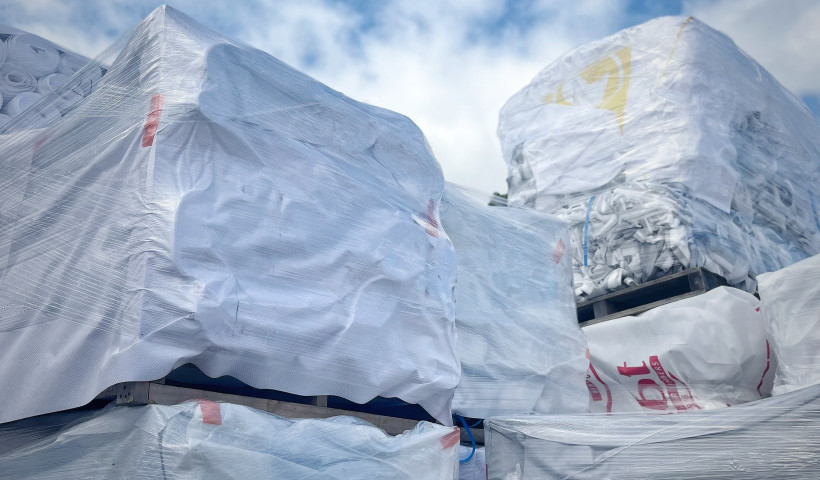
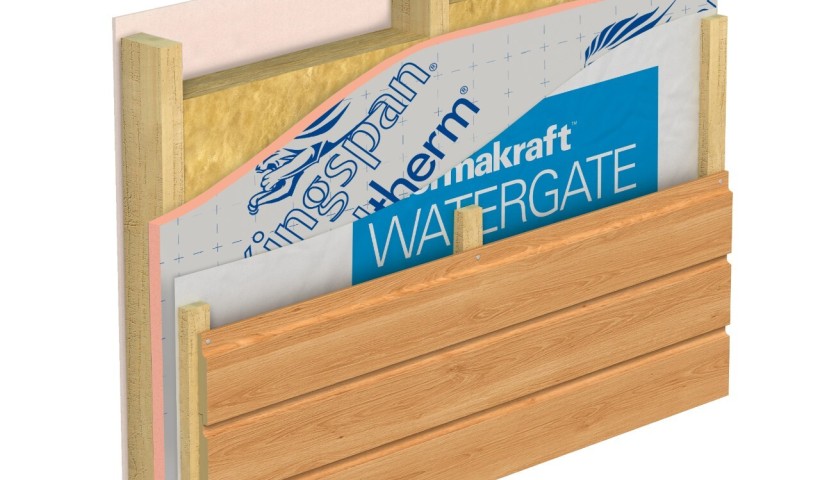
 Popular Products from Kingspan Thermakraft
Popular Products from Kingspan Thermakraft Most Popular
Most Popular


 Popular Blog Posts
Popular Blog Posts
